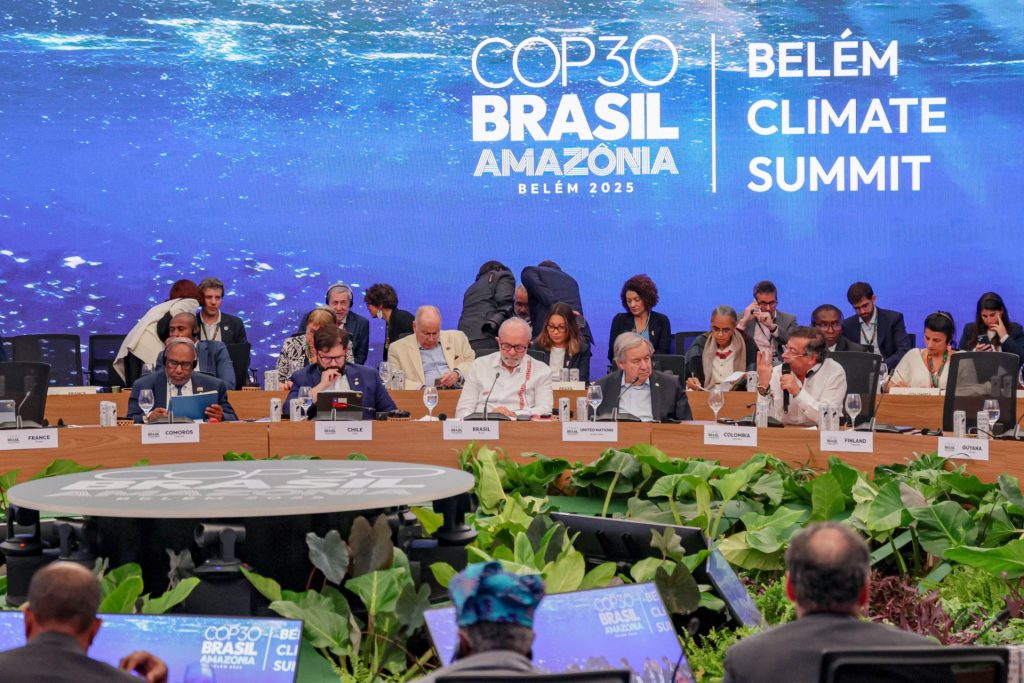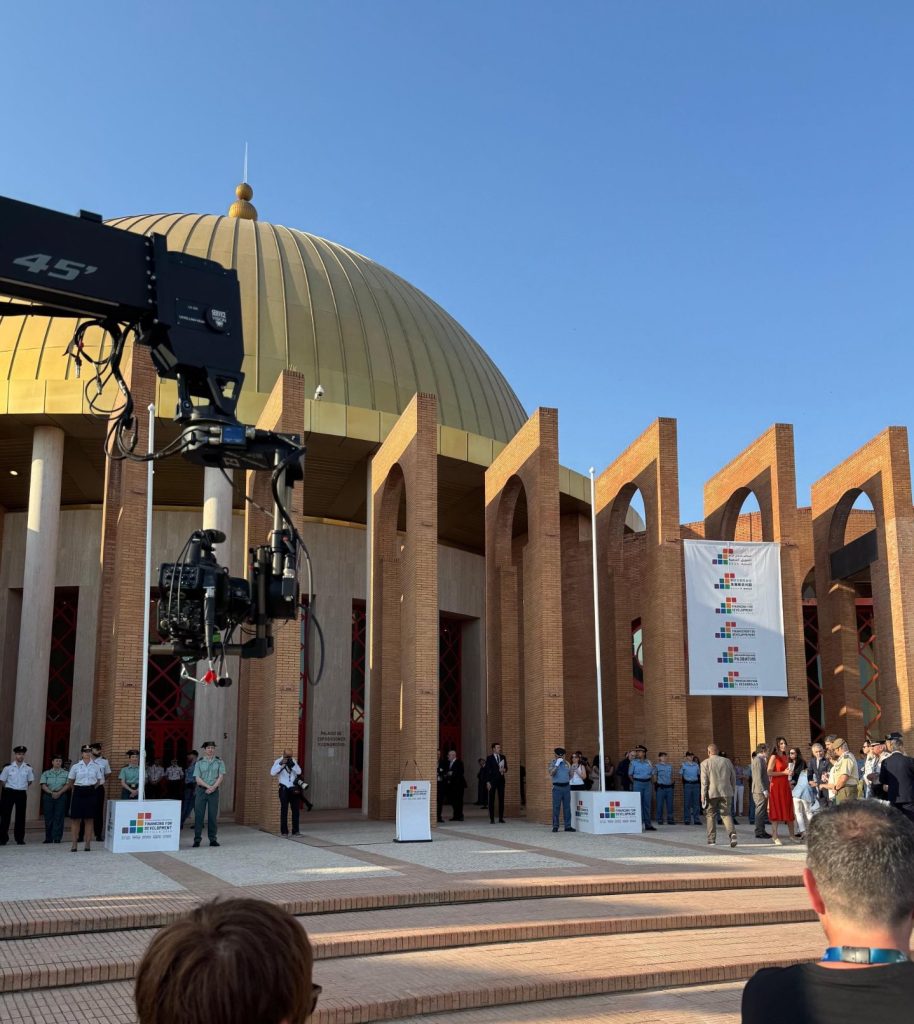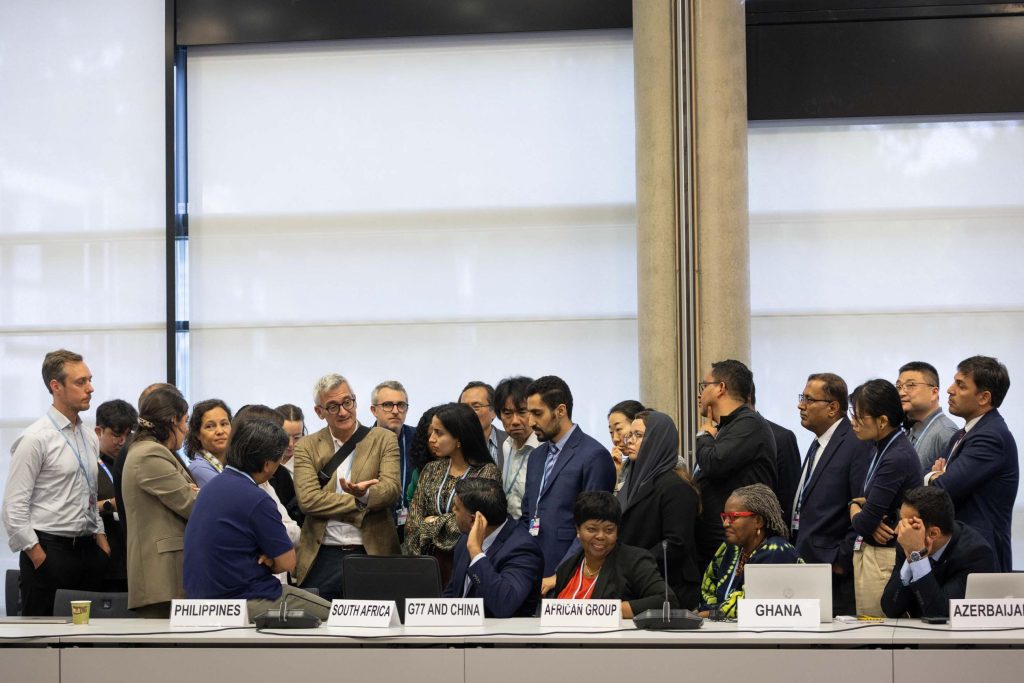What are your expectations for the Loss and Damage Fund?
Isaac Mureithi, Kenya: “Given the urgency of the climate crises, it is essential that funds are made available as soon as possible to support vulnerable communities, particularly in the Global South, who have been severely affected by droughts and flooding. The timeline for disbursement should be realistic; ideally, initial funding allocations should be seen by 2025, as highlighted in discussions surrounding the fund’s establishment. I also hope the Fund will be integrated into broader climate adaptation and mitigation strategies. This means aligning it with national policies and local initiatives to ensure a comprehensive approach to climate resilience. The fund should complement existing efforts, fostering collaboration among governments, NGOs, and community organisations, rather than operating in isolation.”
Ahmed Vall Boumouzouna, Mauritania: “The funds must be made available to NGOs and civil society organisations in order to implement loss and damage projects. It must ultimately benefit the communities that need help the most. Creating opportunities for women, young people and other vulnerable groups will fight against poverty and inequality linked to climate change.”
Lyse Nancy Irakenuye, Burundi: “We hope that the fund will reach all victims of climate change and prevent environmental crises. Additionally, we expect dispersed funds to be able to support the recovery of victims’ businesses which have been disrupted.”
Tarcizio Kalaundi, Malawi: “I hope that it will reduce the requirements for access so as to benefit the youth led organizations working with grassroots communities. I hope for increased funding that matches the estimates of over $400 billion by 2030. I want it to incorporate institutional capacity strengthening for organisations that seek funding rather than disregarding them because of capacity.”
Emmanuel Baffoe Bonney, Ghana: “I hope that small and medium NGOs are going to have access to the fund in their various restoration processes.”
How do you view the role of the global loss and damage movement after the creation of the Loss and Damage Fund?
Jibril Sani Gambo, Nigeria: “The global loss and damage movement will continue to advocate for effective fund implementation, ensure equitable distribution, and push for increased support and transparency in addressing climate impacts.”
Lyse Nancy Irakenuye, Burundi: “The role of the global loss and damage movement is to intervene [by] reinforcing the implementation of relevant policies, and stand for the beneficiaries so the funds can be more effective.”
Marhegane Kashamba Pascal, Democratic Republic of Congo: “After the creation of the Loss and Damage Fund, we see the role of the world loss and damage movement as supervising the distribution of these funds.”
Yves Rugondera, Burundi: “The movement should support the establishment of a clear mapping of partners, support a rebalanced and equitable allocation of funds under a participatory approach, and their accountability for the prevention and awareness of young communities and women in situations of multifaceted crises.”
How is your country preparing for climate losses and damages?
Nzanzu Mulimirwa, the Democratic Republic of Congo: “From 2019 until 2023, the State has worked on a project called ‘A Billion Trees’, a project which consists of planting a billion trees throughout our country. There is also a policy to protect the forests of the Congo Basin. There is youth involvement in my country through local organisations. Our government should do better by involving the youth because we do not really feel their actions in our respective local communities.”
Posset Kokou Romaric, Benin: “Benin has launched its first National Adaptation Plan (NAP), a strategic process to identify and address medium and long-term priorities for adapting to climate change. It was submitted to the UNFCCC on July 8, 2022. This plan involves analysing current and future climate impacts, assessing vulnerabilities, and implementing adaptation options. To combat coastal erosion, Benin has undertaken projects to replenish beaches with sand, effectively pushing back the ocean and protecting coastal communities. Efforts are also being made to ensure economic resilience. The government is focusing on sustainable growth and climate adaptation to reduce poverty and enhance the resilience of the economy. This includes investments in climate-resilient infrastructure and policies aimed at reducing the economic impact of climate change. Benin is also looking forward to international support, particularly through the Loss and Damage Fund, to help finance these adaptation measures and support affected communities.”
Promise Ibrahim Heindolo Yorpoi, Sierra Leone: “Sierra Leone’s Nationally Determined Contributions (NDCs) are a key part of its climate strategy, particularly in sectors such as agriculture, energy, forestry, and waste management. The government is prioritising coastal zone management, disaster risk reduction, and sustainable development. One of the major projects aimed at addressing climate losses is the Sierra Leone Coastal Resilience Project, supported by the Green Climate Fund (GCF). This project seeks to protect vulnerable coastal communities from the impacts of sea-level rise and extreme weather. It focuses on restoring 1,500 hectares of mangrove ecosystems, which are crucial in mitigating storm surges and enhancing biodiversity. The country is [also] investing in climate-resilient infrastructure to protect key economic zones and reduce the vulnerability of its citizens. This includes improving early warning systems, developing emergency response plans, and reinforcing critical infrastructure such as roads, bridges, and water management systems.”
Jibril Sani Gambo, Nigeria: “Nigeria is preparing for climate losses and damages through policies like the National Policy on Climate Change, adaptation strategies such as the National Adaptation Strategy and Plan of Action (NASPA), disaster risk reduction efforts via the National Emergency Management Agency (NEMA), and securing climate finance, though challenges remain in funding and enforcement.”





